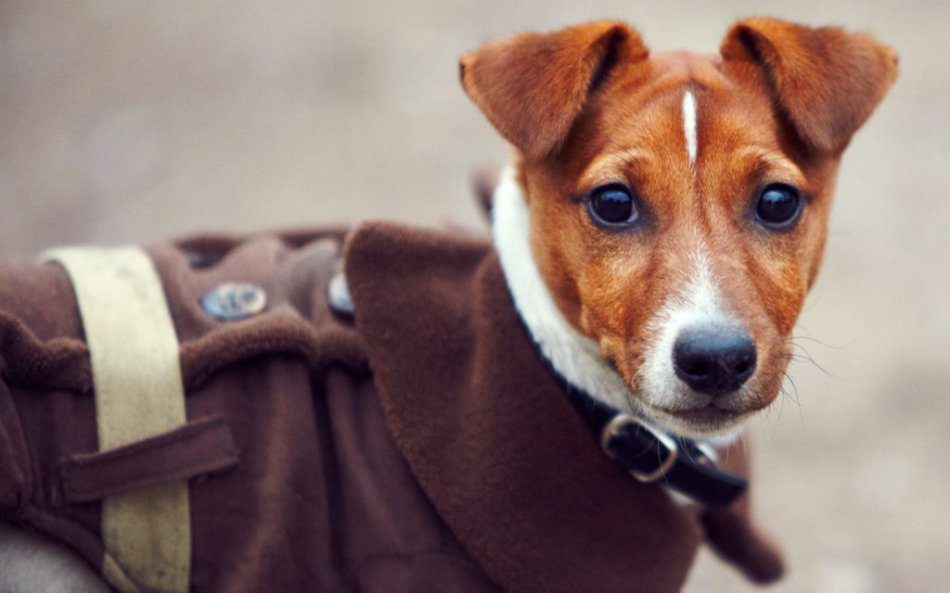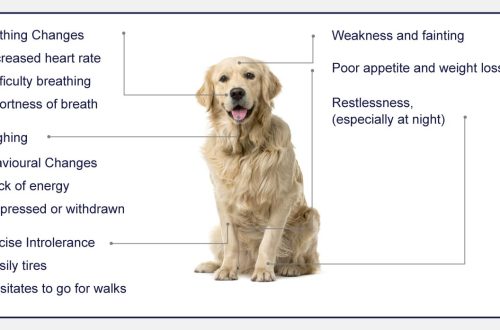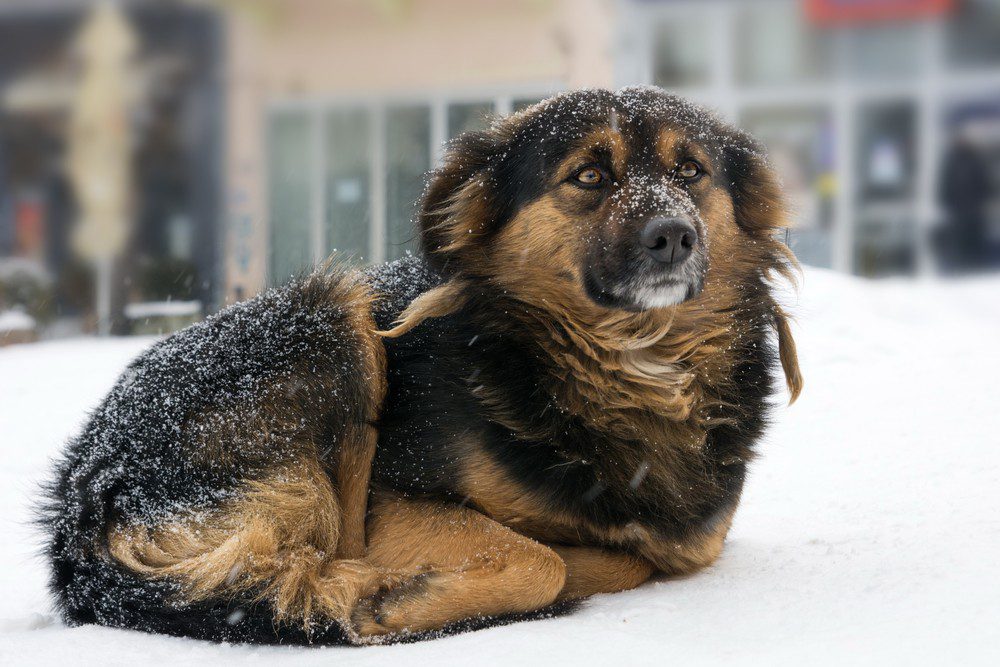
Hypothermia in a dog
Hypothermia and frostbite are very dangerous for dogs, as they entail serious consequences not only for health, but also for the life of the dog. Therefore, it is important to be able to protect your pet from them. 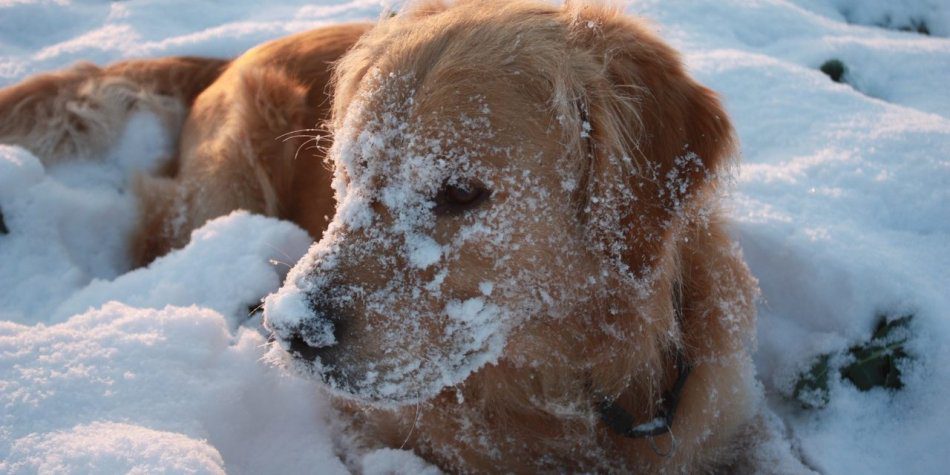
Contents
Symptoms of hypothermia in dogs
- Trembling and chills are the first signs of hypothermia in a dog.
- If you miss the first signs, the next stage begins: the dog becomes lethargic and lethargic.
- Loss of consciousness and coma.
Frostbite Symptoms in Dogs
With frostbite, you can notice a huge difference between healthy areas of the skin and frostbite:
- Decreased temperature of the affected area.
- Decreased or complete absence of sensitivity of the affected area.
- Change in skin color: initially pale, then redness progresses, and then the skin darkens to black.
- Blisters may appear as if burned.
Frostbite most often affects peripheral areas (ears, paws, fingers, mammary glands, genitals). 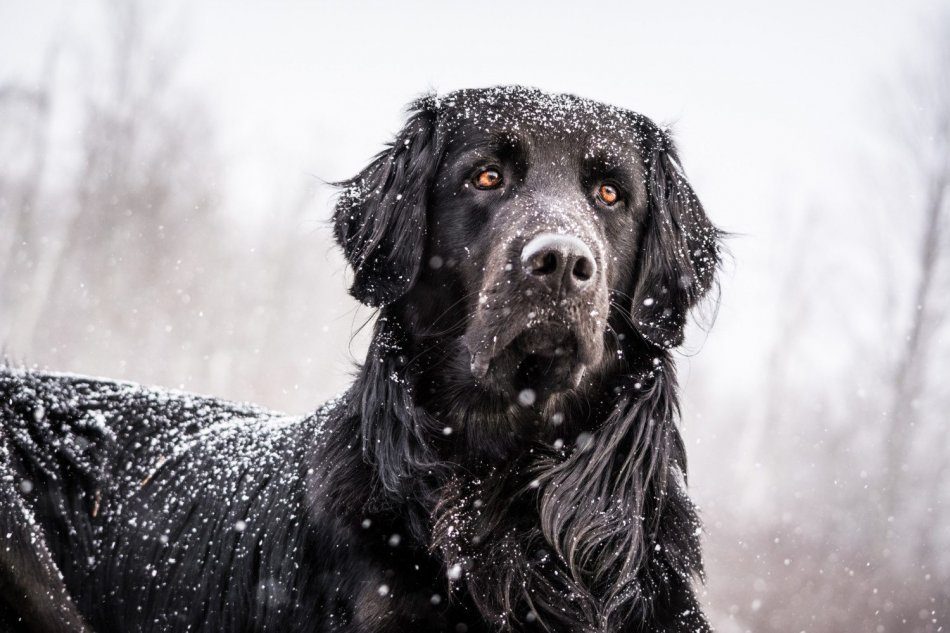
How to help a dog with hypothermia or frostbite
If you notice the above signs, immediately place the dog in heat. It is worth noting that the warming process can be painful for the animal. It is important to warm the dog gradually, rubbing (you can not rub the affected areas) and wrapping in a warm blanket are good for this. You can’t place the dog near the radiator and heater, you can’t use a heating pad either. On frostbitten skin areas, you need to apply a multi-layered cotton-gauze bandage, but not tight – this will avoid temperature changes. Hypothermia is accompanied by a decrease in blood sugar, so you should give your pet a warm glucose solution to drink ( 2-3 tablespoons of glucose per glass of water).
When first aid is provided, you should immediately contact the veterinarian.
When the treatment is successfully completed, one must not forget that a dog previously exposed to hypothermia will be more sensitive to frost and cold in the future and prone to repeated hypothermia and frostbite.
Prevention of hypothermia and frostbite in dogs
It is important to remember about the prevention of frostbite and hypothermia in dogs. In frosts and strong winds, you need to reduce the walking time. It is also necessary to monitor the dog. If you see that the dog begins to tremble or feel uncomfortable, it is better to end the walk and head towards the house. Some dogs, especially short-haired ones, should be dressed even for short walks. To do this, there are a huge number of overalls and shoes. Of course, the dog does not feel very comfortable, but it can save her health and life.